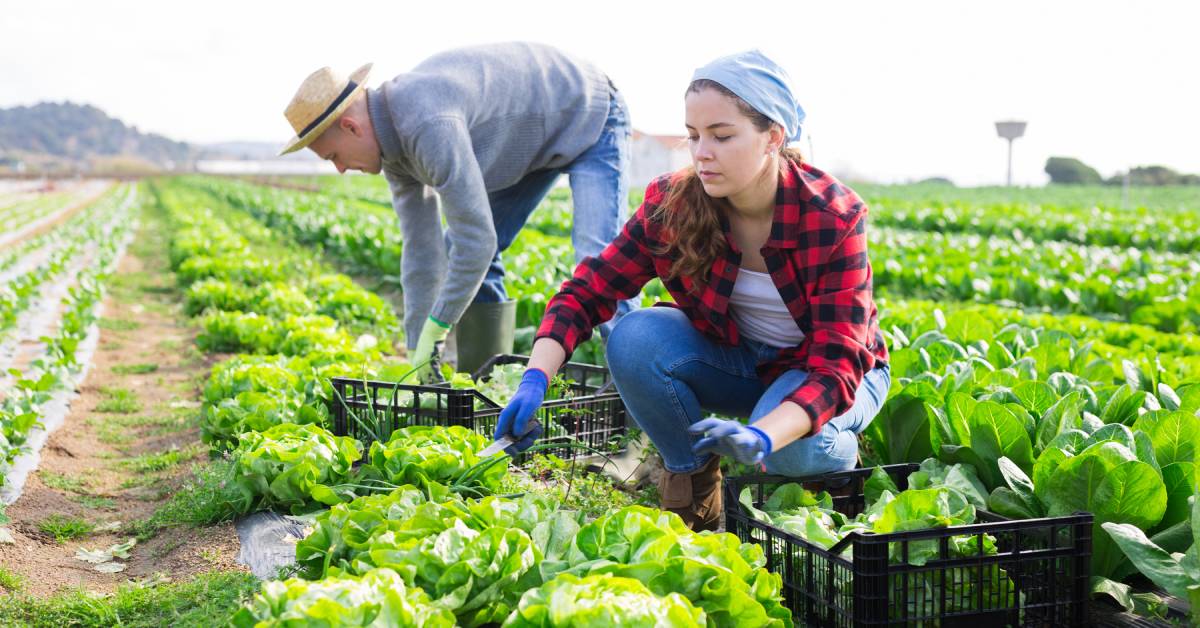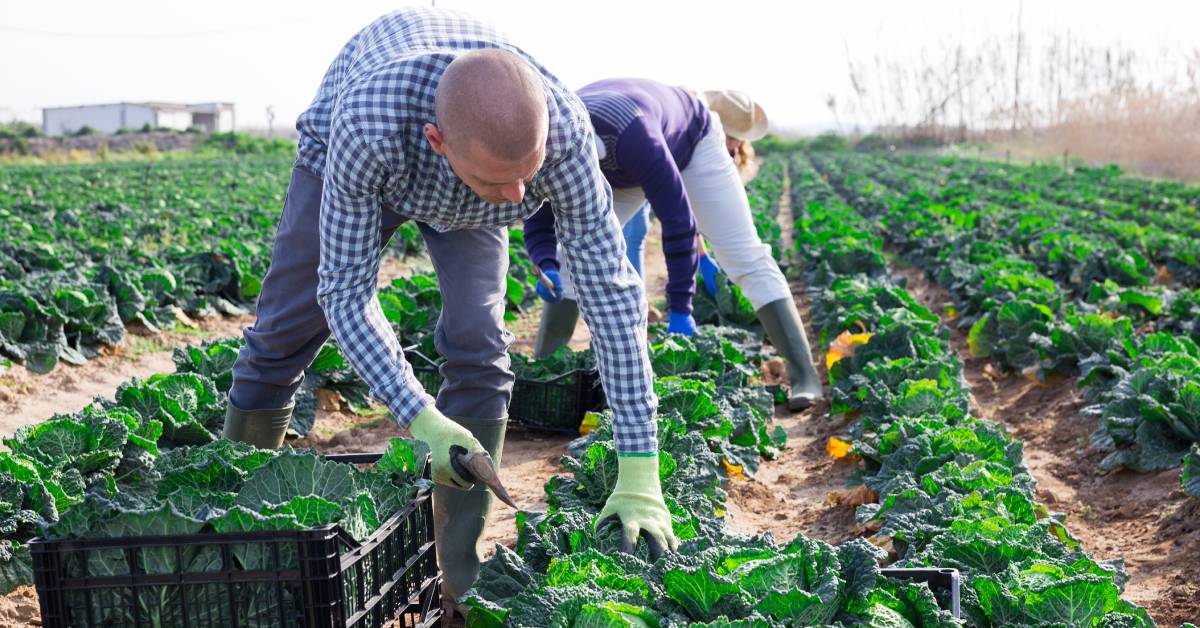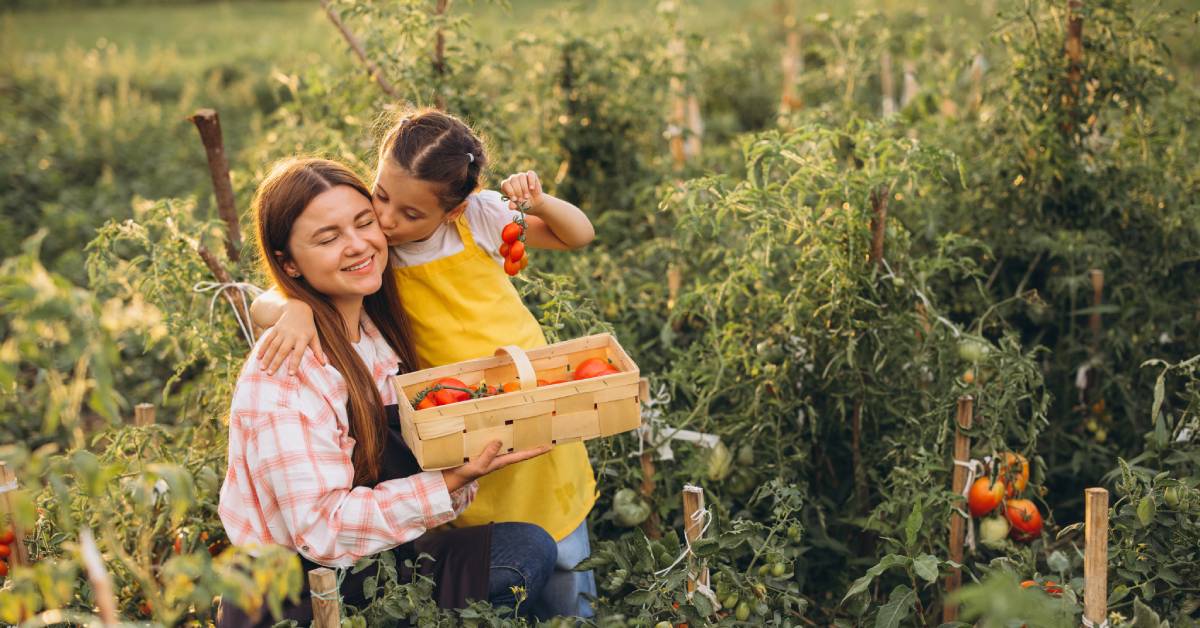Eco-Friendly Packaging Options for Small-Time Farmers

When it comes to modern agriculture, small-time farmers commonly find themselves at a crossroads. They are ready to adopt eco-friendly practices! Nevertheless, they face challenges like finding sustainable packaging options that don’t exceed their budgets.
Eco-friendly packaging isn’t just a trend; it’s a necessity in today’s environmentally conscious world. For anyone in the farming industry, eco-friendly packaging is an opportunity to align farming operations with sustainability goals. Read through this comprehensive walkthrough of the various eco-friendly packaging options available for small-time farmers. Find out how farmers can use these eco-friendly materials to their advantage by creating thoughtful plans and committing to green practices.
Why Small-Time Farmers Need Eco-Friendly Packaging
The purpose of eco-friendly packaging is to have a minimal impact on the environment. Producing traditional packaging materials, including plastic, contributes significantly to environmental degradation because the process produces waste and greenhouse gases.
Farmers rely on a healthy planet to grow healthy crops. Choosing eco-friendly packaging will reduce waste and benefit the environment.
Making this change can also enhance the brand image of farmers who adopt it. Consumers today are more informed and concerned about the environmental impact of the products they purchase. They frequently prefer products that come with sustainable packaging. This shift in consumer preference can benefit small-time farmers who position themselves as an environmentally responsible brand.
Eco-friendly packaging options range from simple biodegradable bags to advanced compostable and recyclable materials. Each option comes with its set of benefits and challenges, but the common thread is their reduced environmental footprint.
Types of Eco-Friendly Packaging
One of the most popular forms of eco-friendly packaging is biodegradable materials. These materials break down naturally over time, leaving no harmful residues behind. Biodegradable packaging options include materials like corn starch, bamboo, and certain types of paper.
While biodegradable packaging offers an excellent alternative to plastic, it does come with drawbacks. The decomposition process can be slow and may require specific environmental conditions. Despite these challenges, the overall benefits make biodegradable packaging an attractive choice in comparison to nonrenewable resources.
Compostable packaging takes biodegradability a step further. It breaks down and enriches the soil. The material comes from organic materials like plant fibers. It’s a great packaging resource for a wide range of produce.
However, compostable packaging requires proper composting facilities to break it down effectively, which can be a limitation. For farmers with access to composting facilities or resources, compostable packaging offers a blend of sustainability and practicality.
Extensive Options Available
Recyclable packaging remains a robust option for eco-friendly packaging. Materials like glass, metal, and certain plastics can be easily recycled multiple times, reducing the need for new raw materials. Nevertheless, the recycling process requires energy and infrastructure. This creates a barrier for some farmers. Despite this, the ease of sourcing recyclable materials makes it a viable option for many small-time farmers.
Although opting for eco-friendly products narrows down the packaging options farmers can use, they still have many materials to choose from to accommodate their farms’ demands. For example, at Saveway Supplies, our eco-friendly produce packaging includes clamshell containers, wide baskets, egg trays, and more. Just like small-time farmers, we’re committed to benefiting the environment.
Now that you know more about the eco-friendly options available, let’s break down the essential ways you can use these packaging products in farming operations.

How Farmers Can Overcome Potential Setbacks
Switching to eco-friendly packaging is not without its challenges. For small-time farmers, initial costs and logistics are common obstacles. The long-term benefits will offset these initial concerns. Eco-friendly packaging requires careful planning that will ultimately lead to savings in waste disposal and enhanced brand value.
Sourcing eco-friendly packaging materials is another challenge. Farmers should look for reputable suppliers who specialize in sustainable materials. Building a network of like-minded suppliers can ease the transition and ensure a steady supply of packaging materials.
Practical tips for making the switch include starting small and gradually increasing the use of eco-friendly packaging. Conducting a cost-benefit analysis can help farmers understand the financial impact.
Finding the balance between running a business and developing eco-friendly practices is essential because farmers must have a tough business to keep sustainable practices in place. Thankfully, in today’s market, farmers can find a wide assortment of eco-friendly products and companies that they can rely on, including Saveway Supplies. Over time, you’ll establish a plan that prioritizes sustainable practices and coincides with your business’s responsibilities.
Tips To Establish Innovative Agricultural Operations
The future of sustainable packaging in agriculture is promising due to ongoing innovations and increasing consumer demands. The current assortment of options mentioned above is the result of careful testing and innovation; the demand for sustainable solutions continues. Advancements in technology can pave the way for new and efficient packaging solutions that benefit small-time farmers.
Consumer demand plays a vital role in driving sustainable packaging practices. As more consumers prioritize sustainability, farmers must adapt to meet these expectations. Farmers can benefit from policy changes and industry support aimed at promoting eco-friendly practices. Governments and industry organizations can provide incentives and resources to help farmers make the transition. Make sure you’re up to date on the incentives to find new ways to implement them on your farm.
Farmers must stay informed about the latest trends and technologies in eco-friendly packaging. Engaging with industry groups, attending conferences, and networking with peers can provide valuable insights. By staying proactive, farmers can position themselves at the forefront of sustainable agriculture.

Make a Positive Change Today
Evaluating the eco-friendly packaging options for small-time farmers is the beginning of implementing sustainable practices. Now that you have the knowledge you need to incorporate these sustainable products into your farm, you can start making changes to your business.
Eco-friendly packaging offers numerous benefits for small-time farmers, from reducing environmental impact to enhancing brand value. Understanding the various options and implementing sustainable practices ensures farmers can contribute to a healthier planet while reaping business rewards.
Take the first step towards a sustainable future by choosing eco-friendly packaging options today. Small changes can lead to significant impacts, helping to protect the environment and meet the growing demand for sustainable products.

